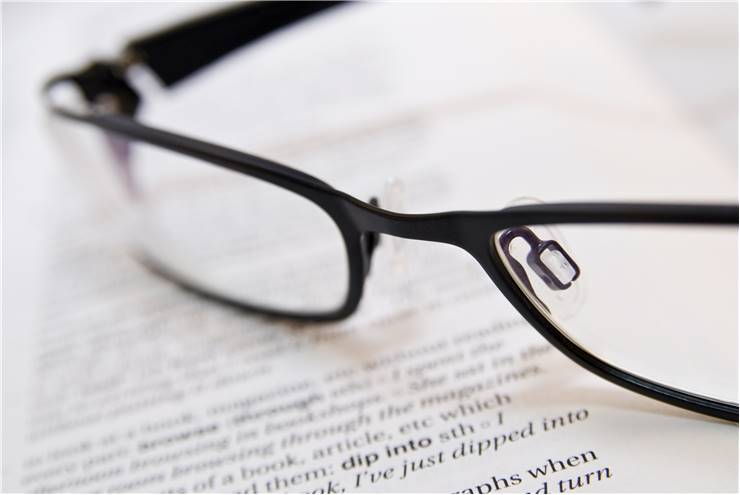Origins and History of Eyeglasses
The earliest technology of magnification of images dates back to around 1000 A.D. The first visual aid instruments were reading stones. Those who had invented them observed that a convex shaped glass could magnify the image of a small object. These reading stones were developed to help monks in reading and writing. The monks with presbyopia used reading stones that were placed on the reading material as magnifying glasses.
In the 9th century Abbas Ibn Firnas developed a way to produce very clear glass and he is said to be the first to use corrective lenses. These glasses could be shaped and polished into round rocks.
The Venetians started to make reading stones out of glass that were placed on the reading material. They later learned to produce them with glass lenses that could be held in front of the eye instead of being onto the text. The first spectacles with its frame and sidebars were probably made in 1268 in Pisa, Italy, but it was not known who invented them.

The paintings by Tomasso da Modena in 1352 represent the earliest artistic representation of eyeglasses. His paintings showed monks reading and copying manuscripts, one using magnifying glass while another had glasses that were perched on his nose.
By the 1400s, Florence, Italy became a leader in sale, production and innovation of high quality eyeglasses. It has already been documented that vision declined after the age of 30 and the concept of five-years glasses were made in Florence. Prescriptions were changed every five years as the glasses user aged . Later, eyeglasses were being exported from Italy to other parts of Europe. They could be found in different styles, compositions, and cost and they were most certainly affordable and considered a necessity by every level of society.
In the 17th century, Germany became a major player in the history of eyeglasses as it started producing some of the finest looking frames for eyeglasses, while Italy continued to produce the best quality lens.
Over time, the construction of spectacle frames also evolved. Early eyepieces were designed to be held in place either by hand or by exerting pressure on the nose (pince-nez).
The earliest spectacles were made from quartz lenses which were designed to be held in place either by hand or by placing on the nose ( pince-nez) which of course was a problem, since noses have different shapes and sides.
The modern style of glasses was developed in 1730, when London optician Edward Scarlett devised rigid side pieces that rest atop the ears. This kind of eyeglasses is still in use today.
The American scientist Benjamin Franklin, who suffered from both myopia and presbyopia, grew weary of having to switch between distances and reading glasses and developed the bifocal lens in 1784.
The lorgnette, a pair of glasses with a handle, was developed in the 18th century.
In the 18th century the monocle was introduced and was very popular in the 19th century particularly in Germany and Russia.
The British astronomer George Airy developed the first lenses for correcting astigmatism in 1825.
By the 20th century, both in America and Europe eye glasses were produced to be functional, comfortable, and stylish. Today, we continue to discover newer, lightweight material for lenses and produce both framed and frameless eyeglasses.
